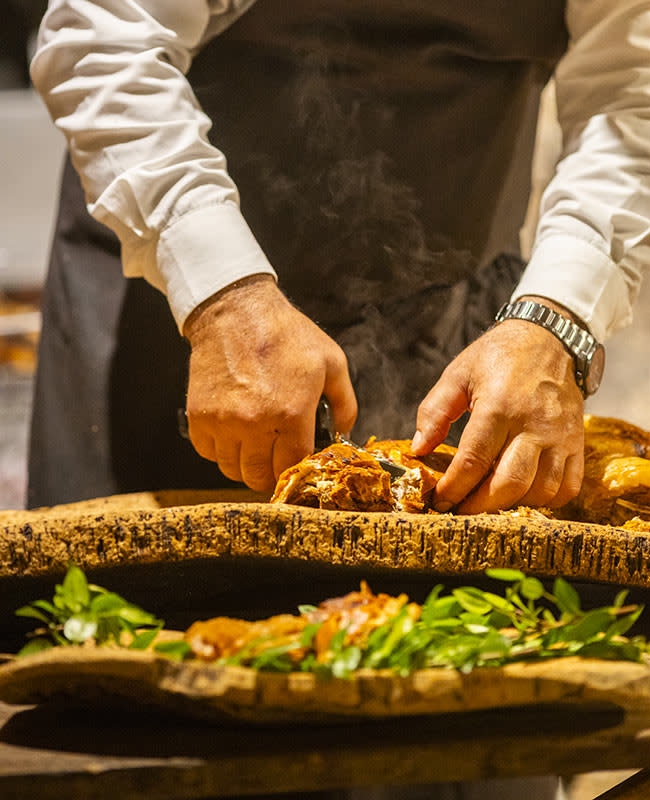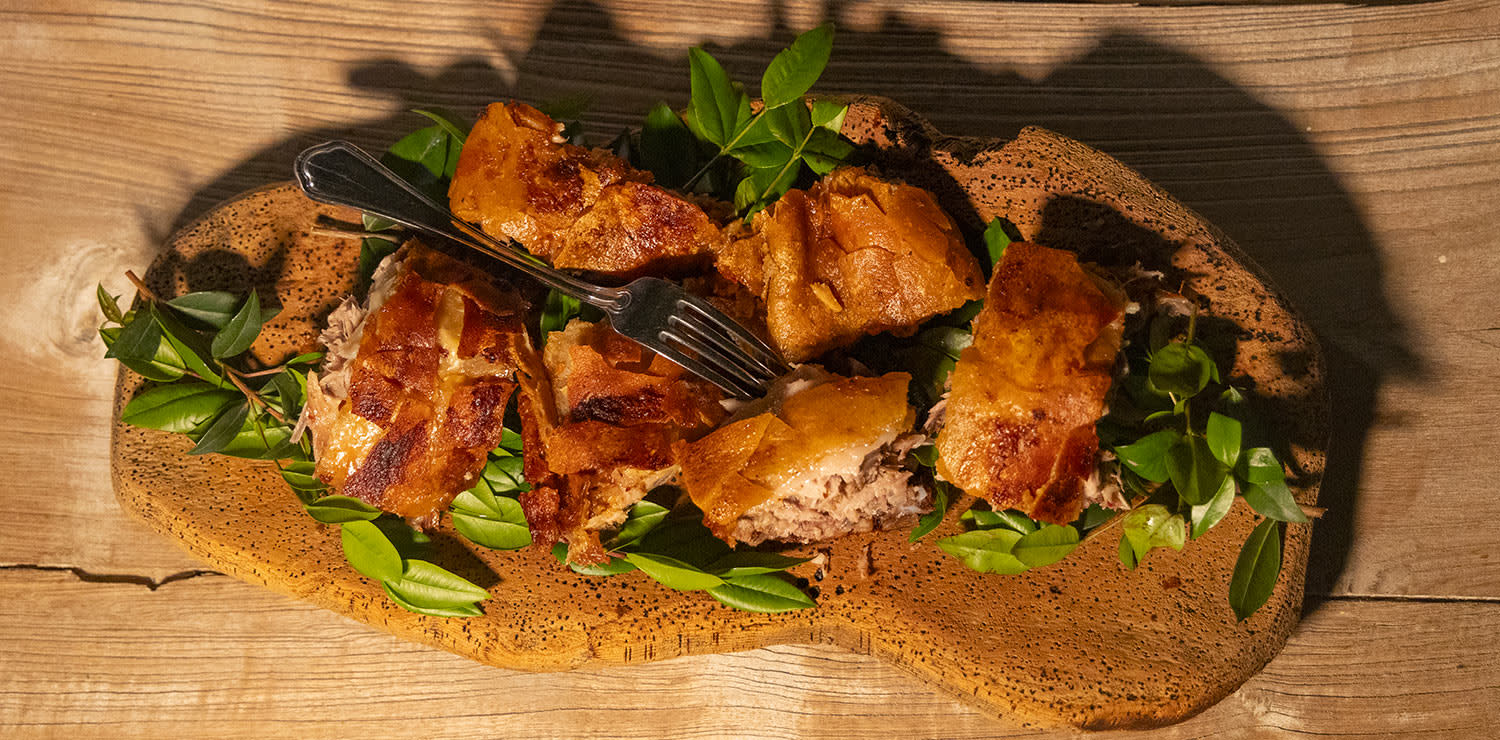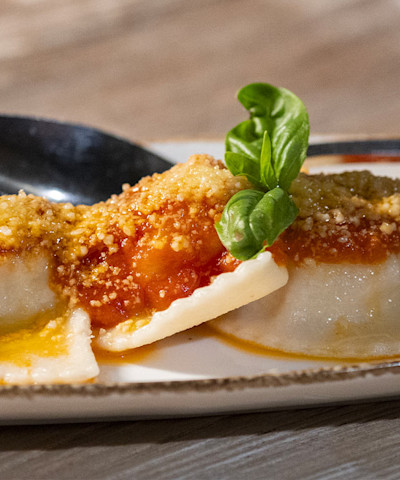The tradition of Sardinian Porceddu on the spit
Everything you don't know about one of the island's most typical dishes
When you say Sardinia, you immediately think of its enchanting beaches with white sand and crystal clear water. But also immediately coming to mind is its typical dish, the one that best represents Made in Sardinia, namely the roast suckling pig, or “porceddu.” A classic recipe of Sardinian cuisine, almost a symbol of this island of shepherds, farmers, unspoiled lands, mistral winds and wild coastlines, “porceddu” is the backbone on which the entire gastronomic tradition of the island is based.
Its origins are ancient: pig farming in Sardinia dates back to prehistoric times, and representations, figurines and pig bone artifacts have been found dating back to 5,000 B.C. During the period of the Roman Empire, the Sardinian pig was also exported to the peninsula, to Rome. The Spanish colonization, which dominated the Sardinian land for about two centuries, contributed greatly to its spread, so much so that even to this day, in the region of Castile, the piglet is so widespread that it has become a typical dish, although it is prepared differently from the Sardinian one, since it is cooked in the oven instead of on the spit, as in the island's tradition.
 Porceddu sardo (ph. Dario Garofalo)
Porceddu sardo (ph. Dario Garofalo)This succulent dish was prepared by shepherds only on special occasions, such as the Easter season, or during the holiday season. Considered a prized food that certainly could not be eaten every day, cooking “porceddu” almost took on the function of a ritual, and eating it with family or guests was a real feast.
Normally, in fact, there was a need to grow the pig and slaughter it when its weight had reached a consistency where more dishes and preparations could be made from it. It was in fact a really valuable food, since families could obtain from its meat many other traditional products and sausages, including black pudding made from the blood, lard extracted from the fat, ham and sausages that were dried and stored for long periods and used in the following months. This is why slaughtering a suckling pig was both a sacrifice and a feast. To cook it in the best way, it is important to choose the meat well, that is, precisely that of a suckling pig still eating its mother's milk, and to cook it over good coals, so that it forms a crispy crust on the surface but inside its meat remains tender and inviting. Although many people marinate the meat or stuff it with herbs and flavorings, the tasty piglet of Sardinian cuisine cooked in this way does not need much addition during the cooking phase: it is its internal juices that will make the meat flavorful, and you can then season it at the end of cooking with the characteristic sprigs of myrtle that give it an unmistakable aroma.
It is a true Sardinian gastronomic treasure that is worth tasting if you visit the island.










